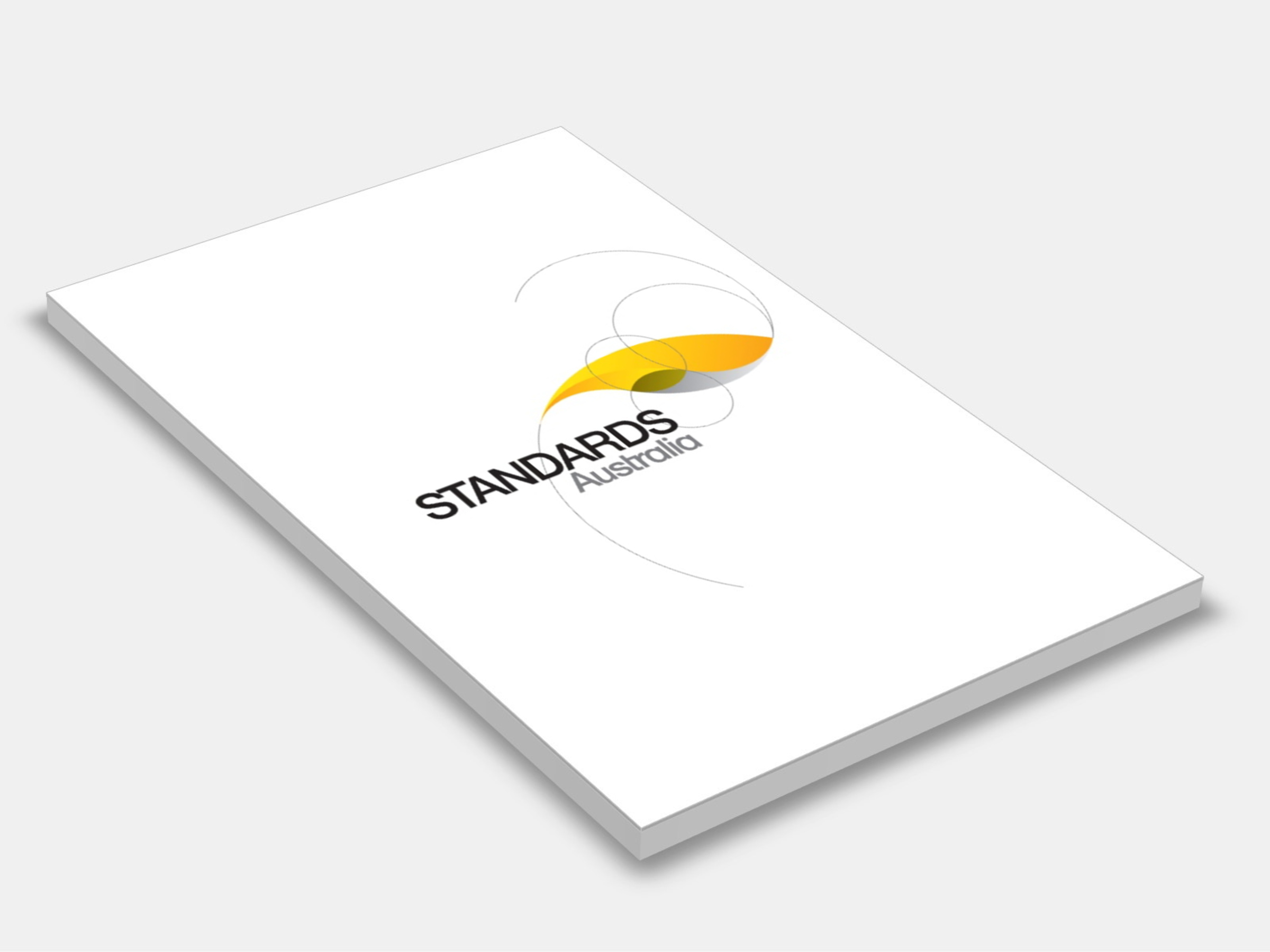
Type
Publisher
Standards Australia
Publisher
Standards Australia
Version:
First Edition 2024.
(Current)
Short Description
This Amendment applies to the following elements: Clauses 1.2, 1.4.2, 1.5, 1.11, 1.12, 4.2.2.3, 6.2.1.3 and 8.3.6.5, Figure 6.3, Table 8.18, 9.19 and 9.20, Bibliography.

Type
Publisher
Standards Australia
Publisher
Standards Australia
Version:
First Edition 2024.
(Current)
Short Description
This Amendment applies to the following elements: Clauses 1.2, 1.4.2, 1.5, 1.11, 1.12, 4.2.2.3, 6.2.1.3, 8.3.6.5, Figure 6.3, Tables 8.18, 9.19 and 9.20, Bibliography.
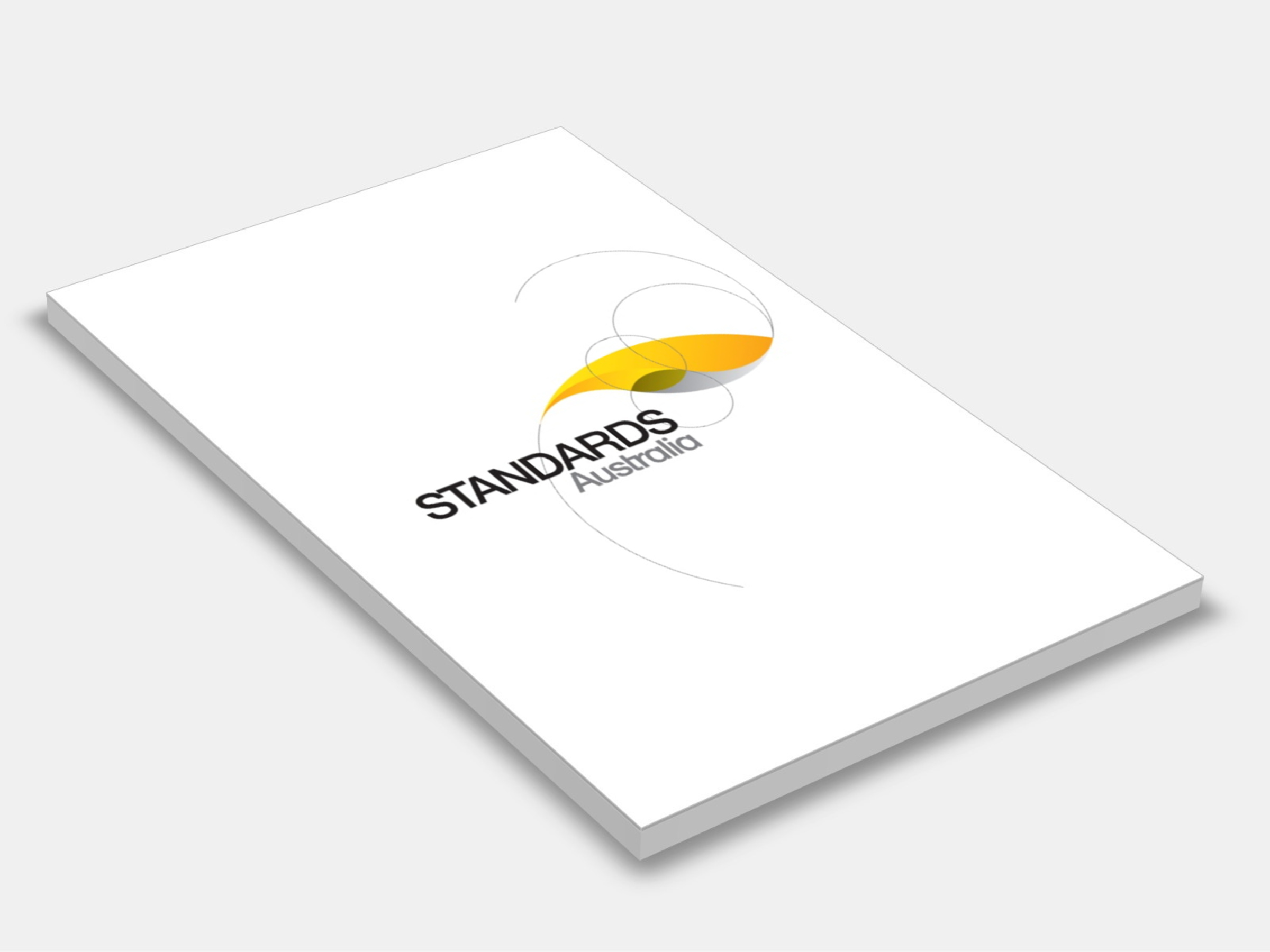
Type
Publisher
Standards Australia
Publisher
Standards Australia
Version:
First Edition 2015.
(Current)
Short Description
Sets out requirements for the design of nailplated timber roof trusses for residential and similar building applications in accordance with AS1720.1, AS4055 and the AS(/NZS)1170 series.
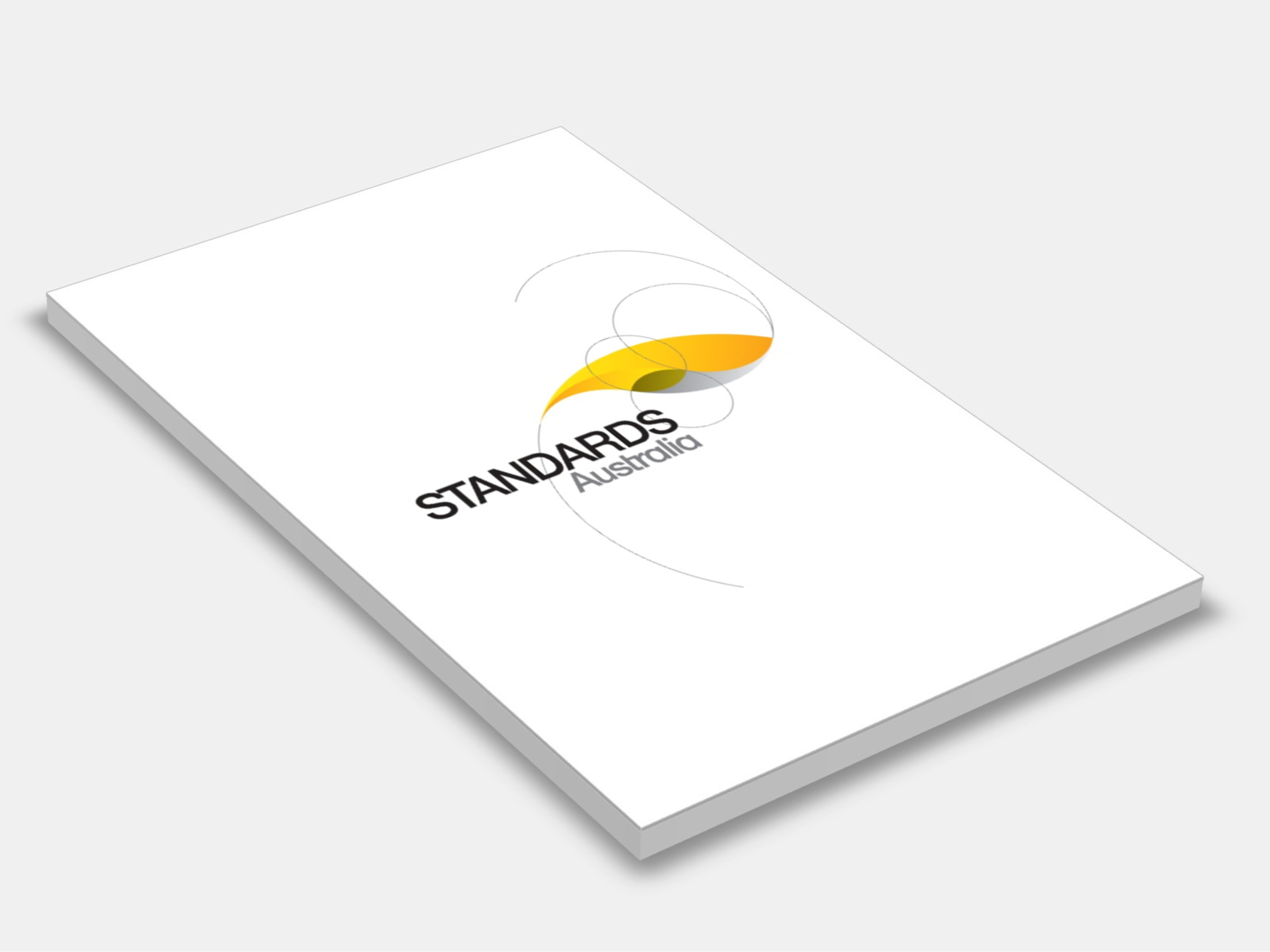
Type
Publisher
Standards Australia
Publisher
Standards Australia
Version:
First Edition 2016.
(Current)
Short Description
Part of the AS 1684 series, sets out the design methods, assumptions and other criteria, including uplift forces and racking pressures, suitable for the design of timber-framed buildings constructed within the limitations and parameters of, and using the building practice described in, AS 1684.2, AS 1684.3 and AS 1684.4.
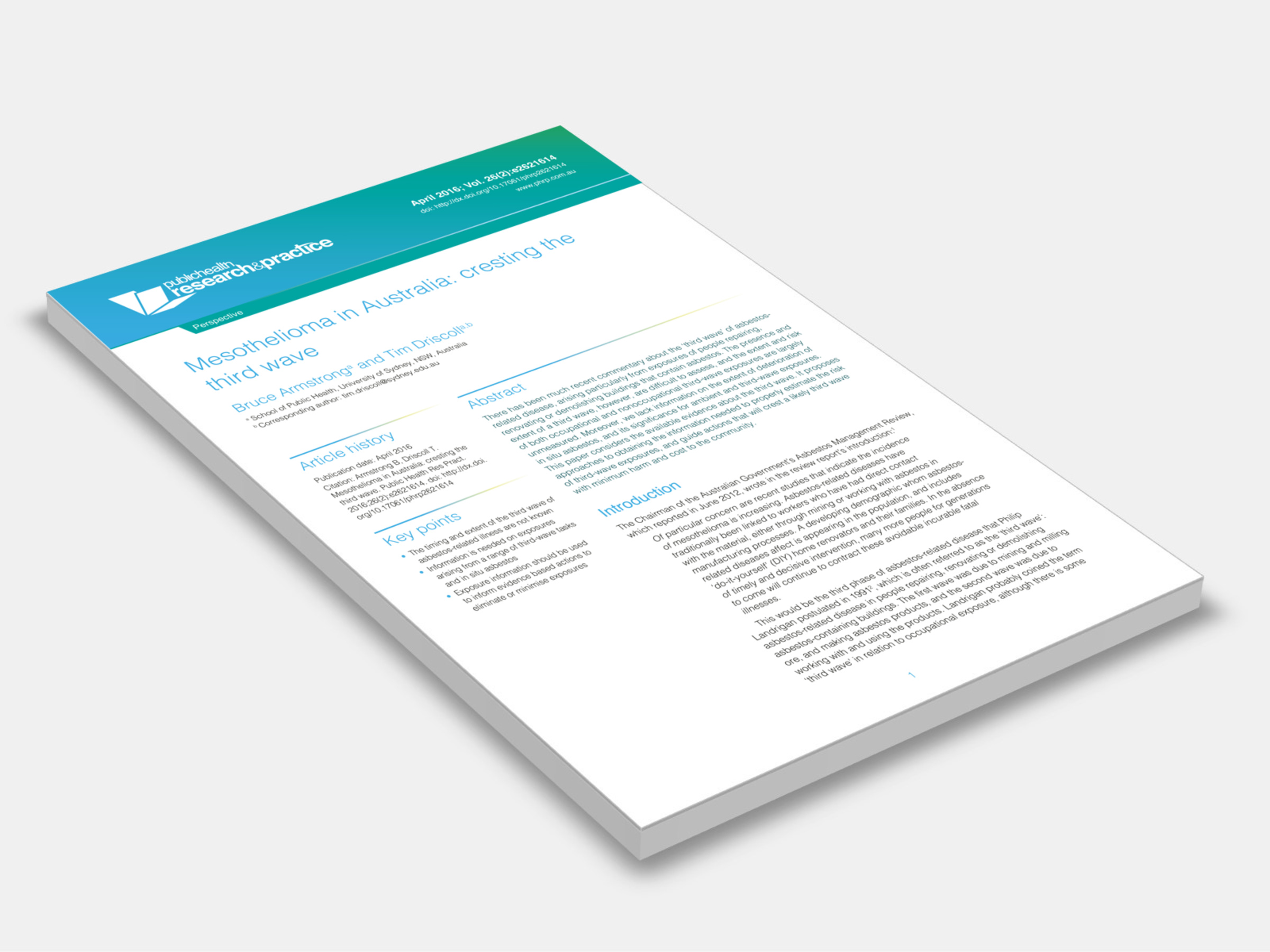
Type
Version:
2016.
(Current)
Short Description
Proposes approaches to obtaining the information needed to properly estimate the risk of third-wave asbestos exposures, and guide actions that will crest a likely third-wave with minimum harm and cost to the community.
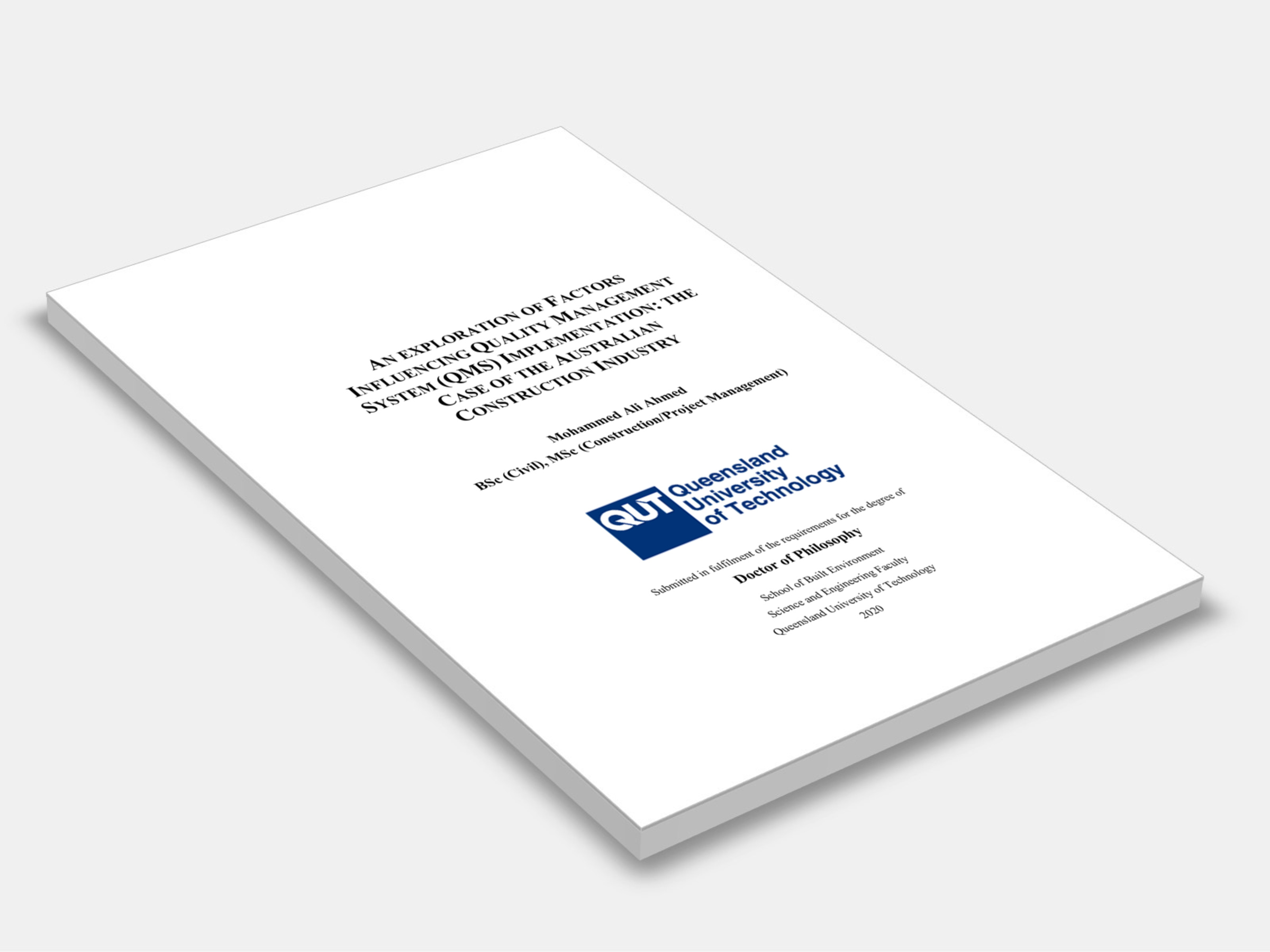
Type
Version:
2020.
(Current)
Short Description
This research primarily aims to investigate an inclusive list of factors impacting on quality management system deployment in the construction industry building sector by focusing exclusively on the external factors and the critical success factors of project level in order to develop a comprehensive framework of quality management system deployment.
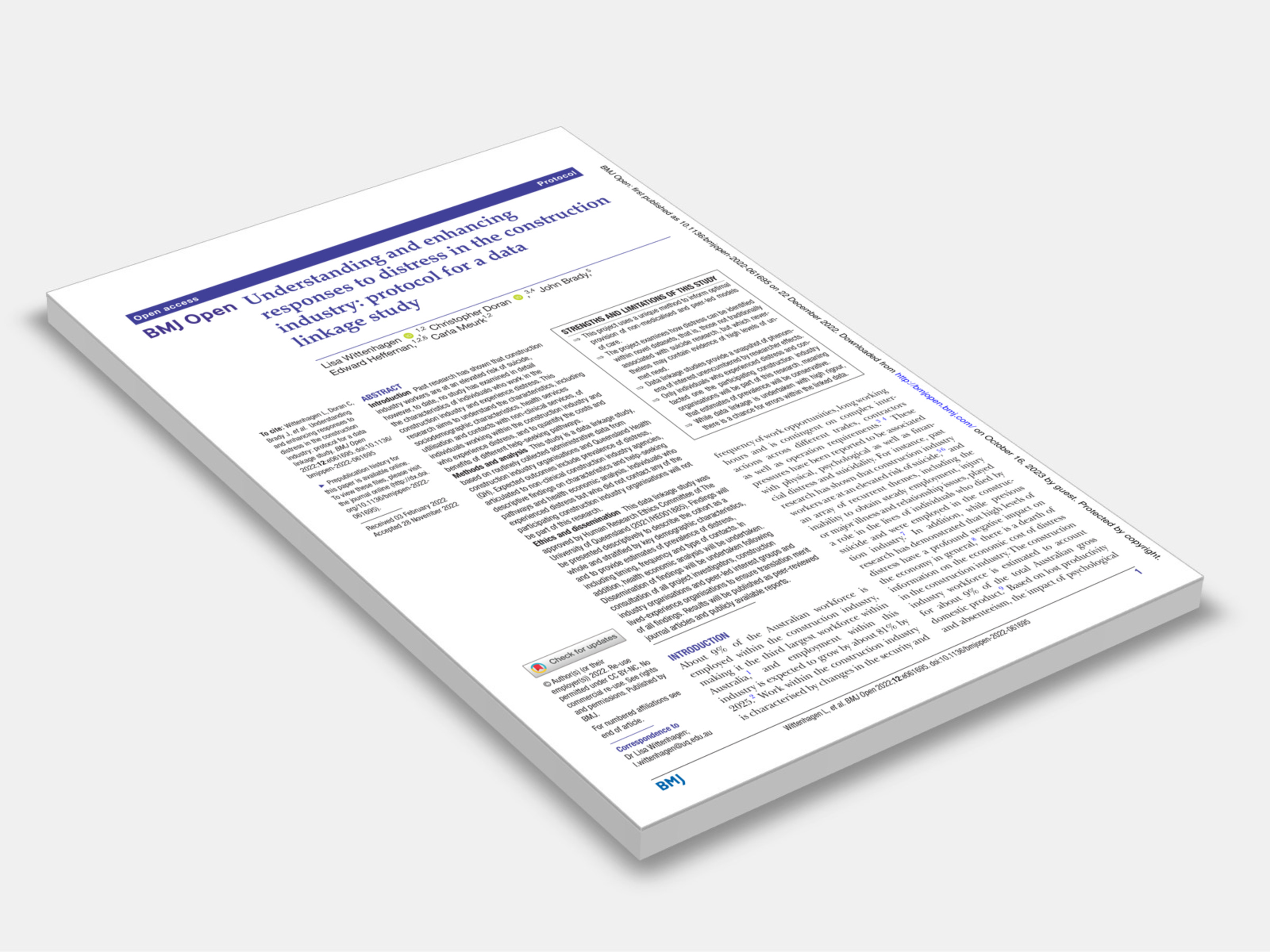
Type
Version:
2022.
(Current)
Short Description
This research aims to understand the characteristics, including sociodemographic characteristics, health services utilisation and contacts with non-clinical services, of individuals working within the construction industry and who experience distress, and to quantify the costs and benefits of different help-seeking pathways.
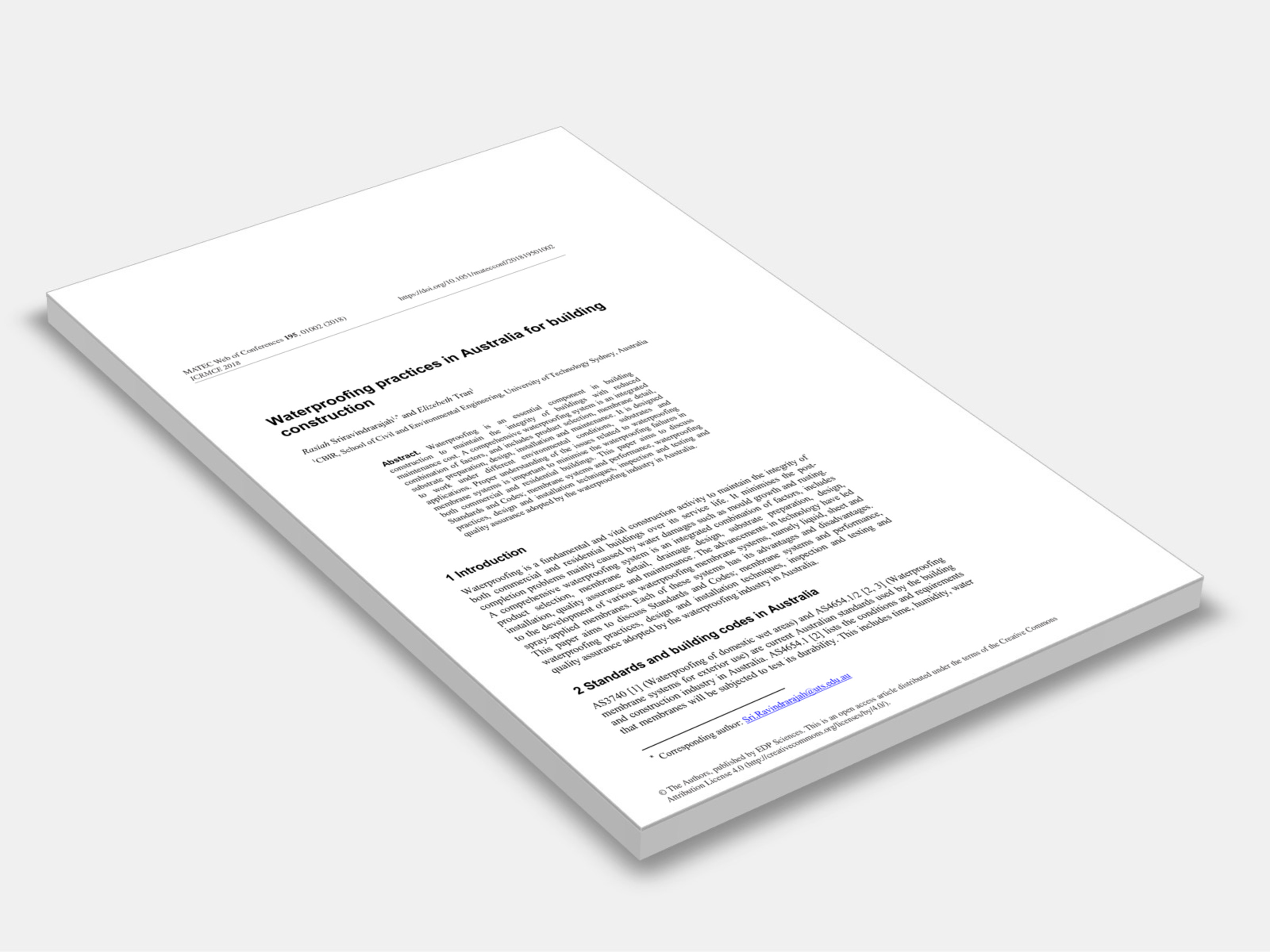
Type
Version:
2018.
(Current)
Short Description
This paper aims to discuss Standards and Codes; membrane systems and performance, waterproofing practices, design and installation techniques, inspection and testing and quality assurance adopted by the waterproofing industry in Australia.
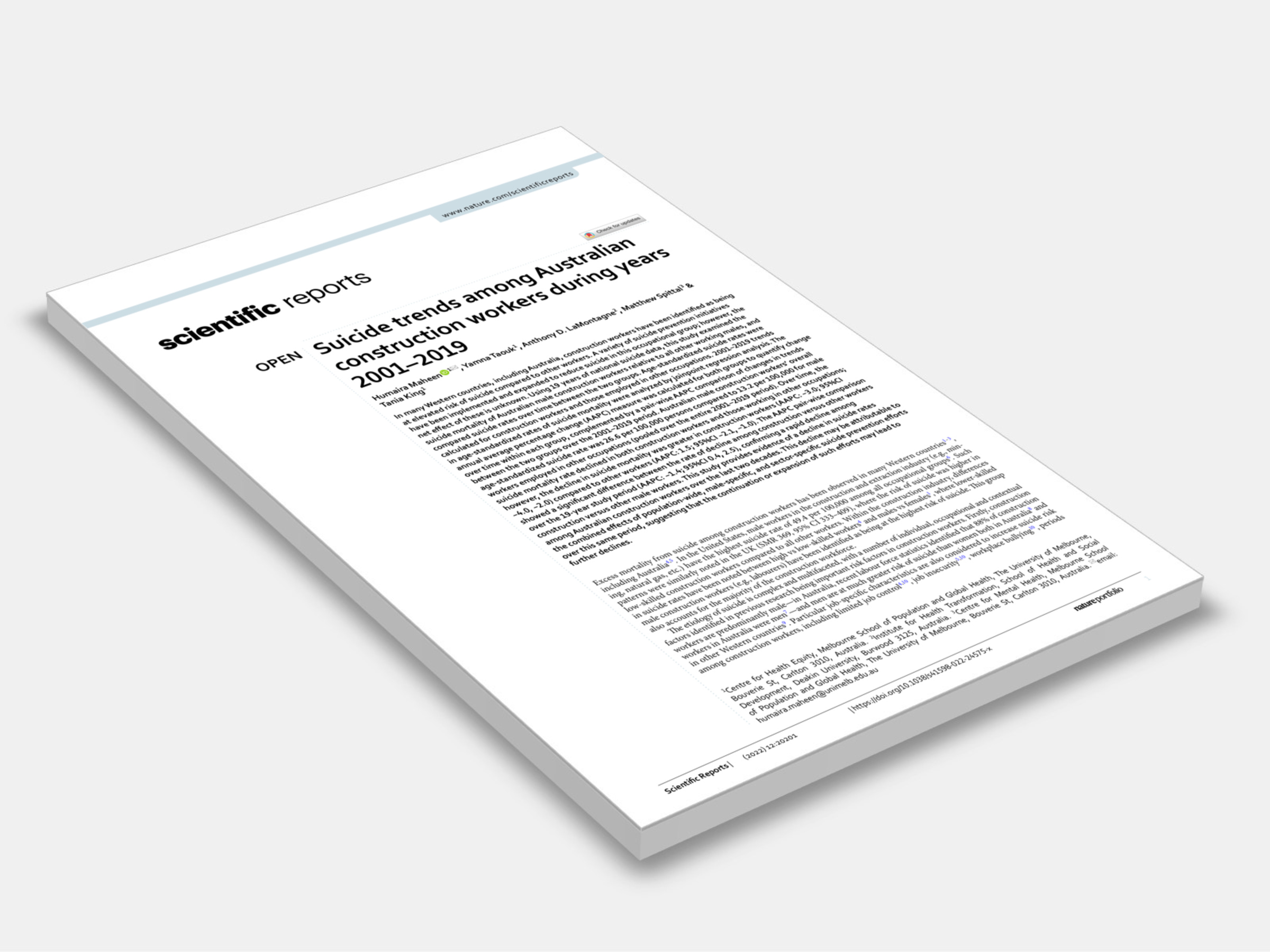
Type
Version:
2022.
(Current)
Short Description
This study provides evidence of a decline in suicide rates among Australian construction workers over the last two decades; this decline may be attributable to the combined effects of population-wide, male-specific, and sector-specific suicide prevention efforts over this same period, suggesting that the continuation or expansion of such efforts may lead to further declines.
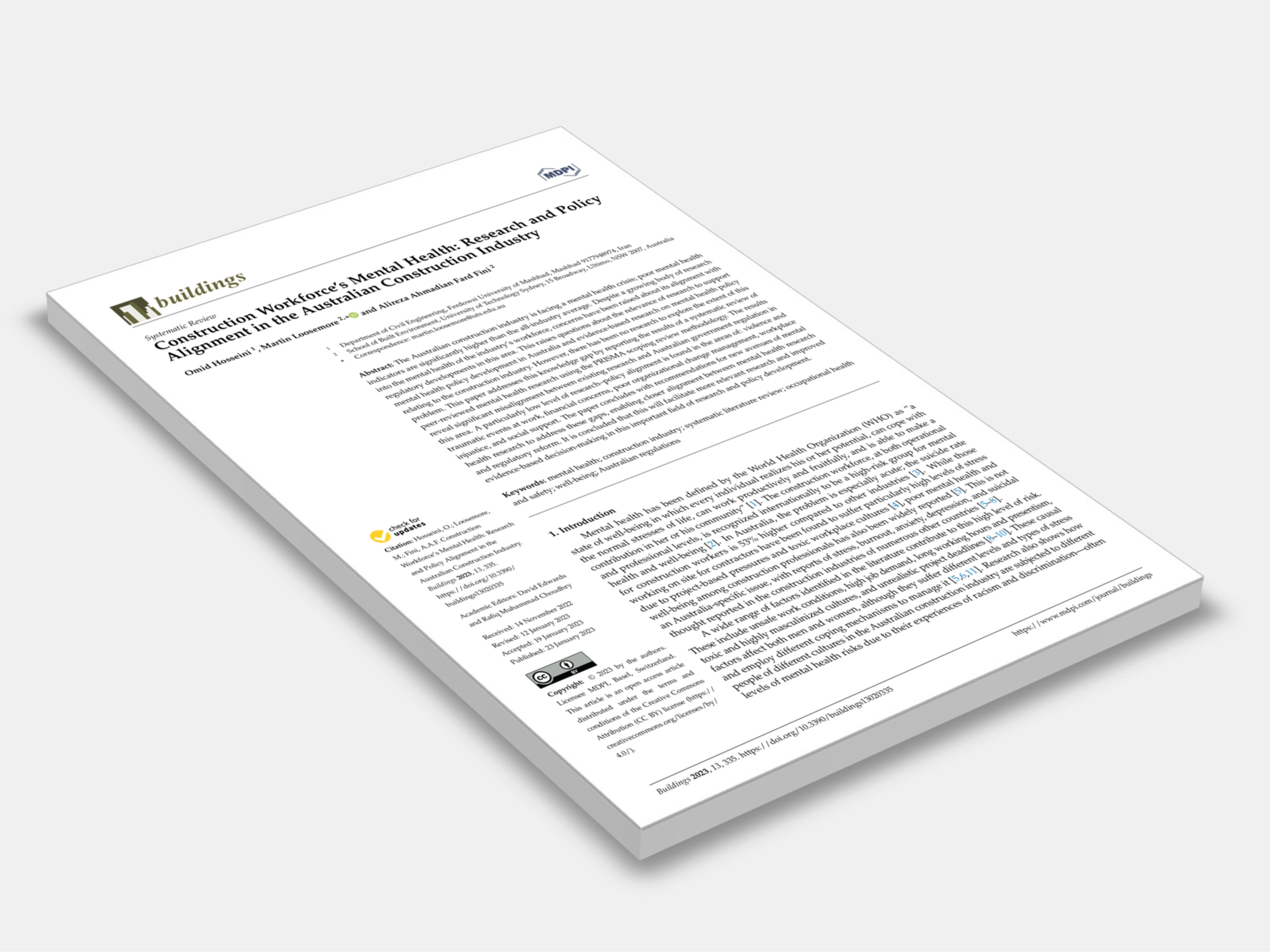
Type
Version:
2023.
(Current)
Short Description
The Australian construction industry is facing a mental health crisis; poor mental health indicators are significantly higher than the all-industry average. This paper addresses the knowledge gap by reporting the results of a systematic review of peer-reviewed mental health research and reveals significant misalignment between existing research and Australian government regulation.